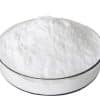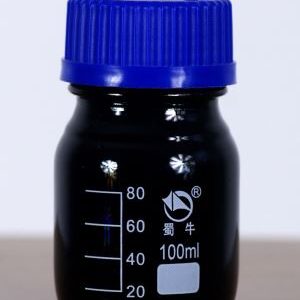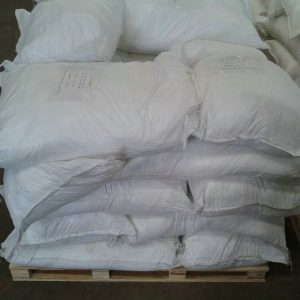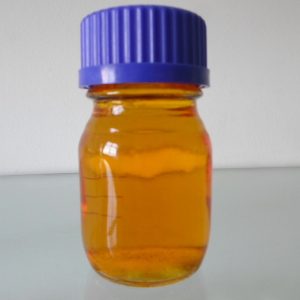Description
Sodium Metabisulfite 97%: A Workhorse Chemical with Hidden Talents
You might not recognize the name “sodium metabisulfite,” but this chemical compound, often found at a concentration of 97%, plays a significant role in a surprising array of everyday products and processes. It’s a versatile and powerful substance, acting as a preservative, antioxidant, disinfectant, and even a reducing agent. Let’s dive into what makes this chemical so useful and where you might encounter it.
What is Sodium Metabisulfite 97%?
At its core, sodium metabisulfite is an inorganic salt with the chemical formula Na₂S₂O₅. The “97%” designation indicates its purity level, meaning it contains 97% pure sodium metabisulfite, with the remaining 3% consisting of minor impurities, often water. It’s typically found as a white or yellowish-white crystalline powder with a slight sulfur odor.
When dissolved in water, sodium metabisulfite releases sulfur dioxide (SO₂). This seemingly simple chemical reaction is responsible for its wide range of applications. SO₂ is a potent agent that can inhibit the growth of microorganisms and reduce oxidation.
The Many Faces of Sodium Metabisulfite 97%:
Here’s a glimpse into the varied roles this chemical plays:
Food Preservation: Perhaps its most well-known application is in the food industry. As a preservative, sodium metabisulfite helps prevent spoilage of dried fruits, vegetables, and processed foods. It inhibits microbial growth and slows down enzymatic browning, keeping food fresher for longer. It’s also used in winemaking, where it helps sterilize equipment and prevent unwanted fermentation. Think of those dried apricots with their vibrant color – chances are sodium metabisulfite played a part.
Winemaking and Brewing: Beyond just preservation, sodium metabisulfite is also critical in winemaking and brewing. It acts as a sanitizer for equipment, preventing the growth of undesirable bacteria and wild yeasts. It also helps in the stabilization of wine by inhibiting oxidation and improving color retention.
Water Treatment: Sodium metabisulfite can be used as a dechlorinating agent in water treatment. It effectively removes chlorine from municipal water supplies, preventing the formation of harmful byproducts. This is crucial for certain industrial processes and for fish tanks where chlorine is toxic to aquatic life.
Photography: This chemical plays a role in the photographic process as a developer and fixative. It helps in controlling the development of film and prints.
Industrial Applications: Sodium metabisulfite finds use in various industrial settings. It acts as a reducing agent in numerous chemical reactions and is utilized in the leather tanning industry and the textile industry to remove excess chlorine.
Laboratory Use: It’s a common reducing agent in chemistry labs, used in various experiments involving sulfur oxides, and for the treatment of some lab wastes.
Safety Considerations:
While sodium metabisulfite is a valuable chemical, it’s important to handle it with care. It should always be stored in a cool, dry, and well-ventilated area. When in contact with skin, it may cause irritation, and inhalation can lead to respiratory issues. When working with the chemical in powder form, precautions like wearing gloves, eye protection, and a respirator may be necessary. It is important to consult a Material Safety Data Sheet (MSDS) prior to use.
A Chemical that Works Behind the Scenes
Sodium metabisulfite 97% is a powerhouse chemical working diligently in a remarkable number of processes and products. While you might not encounter it directly in your daily life, this versatile compound is a key player in fields ranging from food to pharmaceuticals, from water treatment to industry. Understanding its role and uses provides a better appreciation for the silent work of chemistry in our world.
In Conclusion
Sodium metabisulfite 97% is an example of a powerful chemical that is often overlooked. Its diverse capabilities make it a workhorse in industries that contribute to many aspects of our lives. While it’s essential to use it safely, this chemical continues to play a vital role in improving the quality and shelf life of many products we rely on.














Reviews
There are no reviews yet.